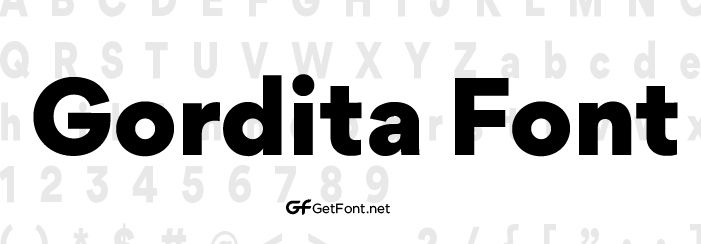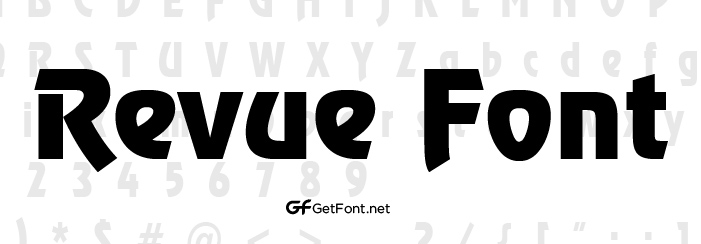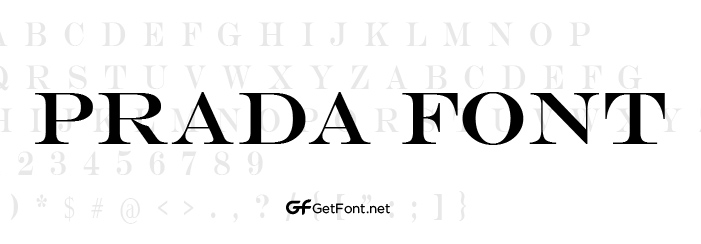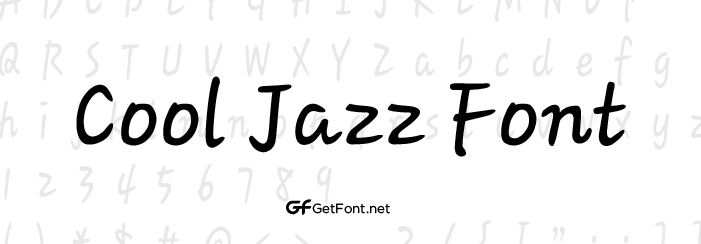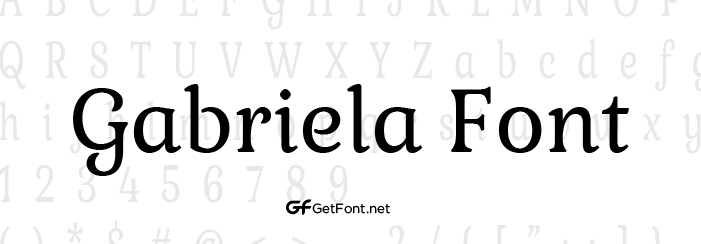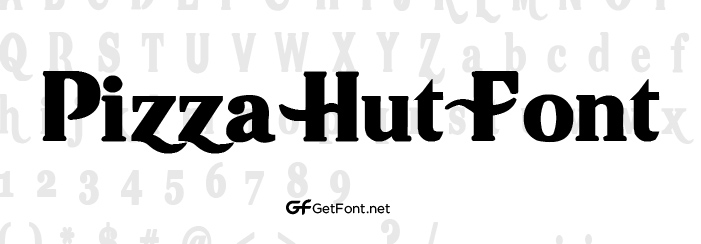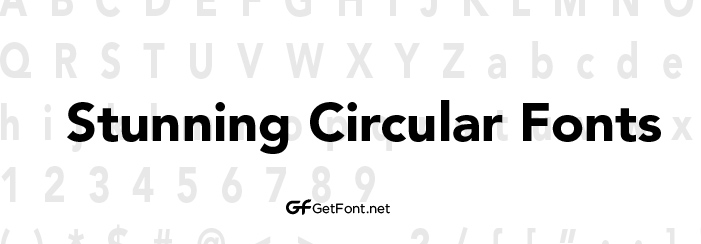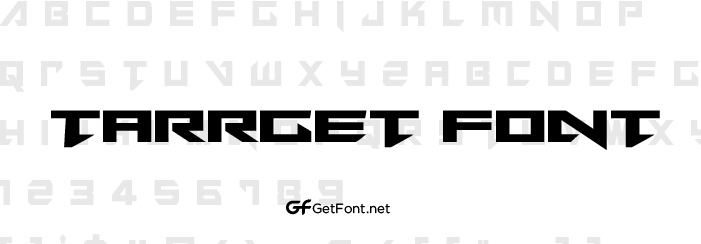
Serif
Serif typography is a style of font that includes small lines or flourishes at the ends of the characters. This style is often associated with traditional or formal designs and is widely used in printed materials such as books, newspapers, and academic papers.
A serif typeface refers to a particular set of fonts that share similar design characteristics. These fonts typically have similar proportions, weight, and stroke width, and are grouped together based on their shared design elements. Examples of serif typeface families include Times New Roman, Baskerville, and Garamond.
The term serif font family refers to a group of fonts that are related by design and are available in various styles and weights. For example, the Times New Roman font family includes variations such as Times New Roman Bold and Times New Roman Italic.
When it comes to the best serif fonts, there are many options to choose from depending on the design context. Classic serif fonts include the aforementioned Times New Roman, as well as other popular choices such as Georgia, Baskerville, and Palatino.
Serif font design is an important consideration when creating a visual brand identity or designing any kind of printed material. The design of a serif font can convey a sense of authority, elegance, and tradition, among other things.
Serif font pairing refers to the process of combining a serif font with other complementary fonts to create a harmonious and visually appealing design. Pairing serif fonts with sans-serif fonts, for example, can create an interesting contrast that draws attention to the text.
There are many examples of serif fonts being used effectively in design contexts. For instance, serif fonts can be used for headlines, titles, and body text in print publications such as magazines and newspapers.
Serif font history dates back to the early days of printing, when serifs were added to characters to make them easier to read and more visually appealing. Over time, different styles of serifs emerged, leading to the development of numerous serif typefaces.
One of the main differences between serif fonts and sans-serif fonts is that sans-serif fonts do not have the small lines or flourishes at the ends of the characters. Sans-serif fonts are often associated with a more modern and minimalistic design style.
Serif fonts can be used effectively in web design, branding, and print design contexts. When using serif fonts on the web, it is important to choose a font that is optimized for digital displays and easy to read at various sizes.
Free serif fonts and Google serif fonts are readily available and can be used for personal and commercial projects. Some websites even offer serif font generators that allow users to create custom font designs.
When using serif fonts for commercial projects, it is important to ensure that you have the appropriate licensing and permissions. Additionally, optimizing your serif fonts for web and mobile devices can help to ensure that they are displayed properly across a range of devices and platforms.

